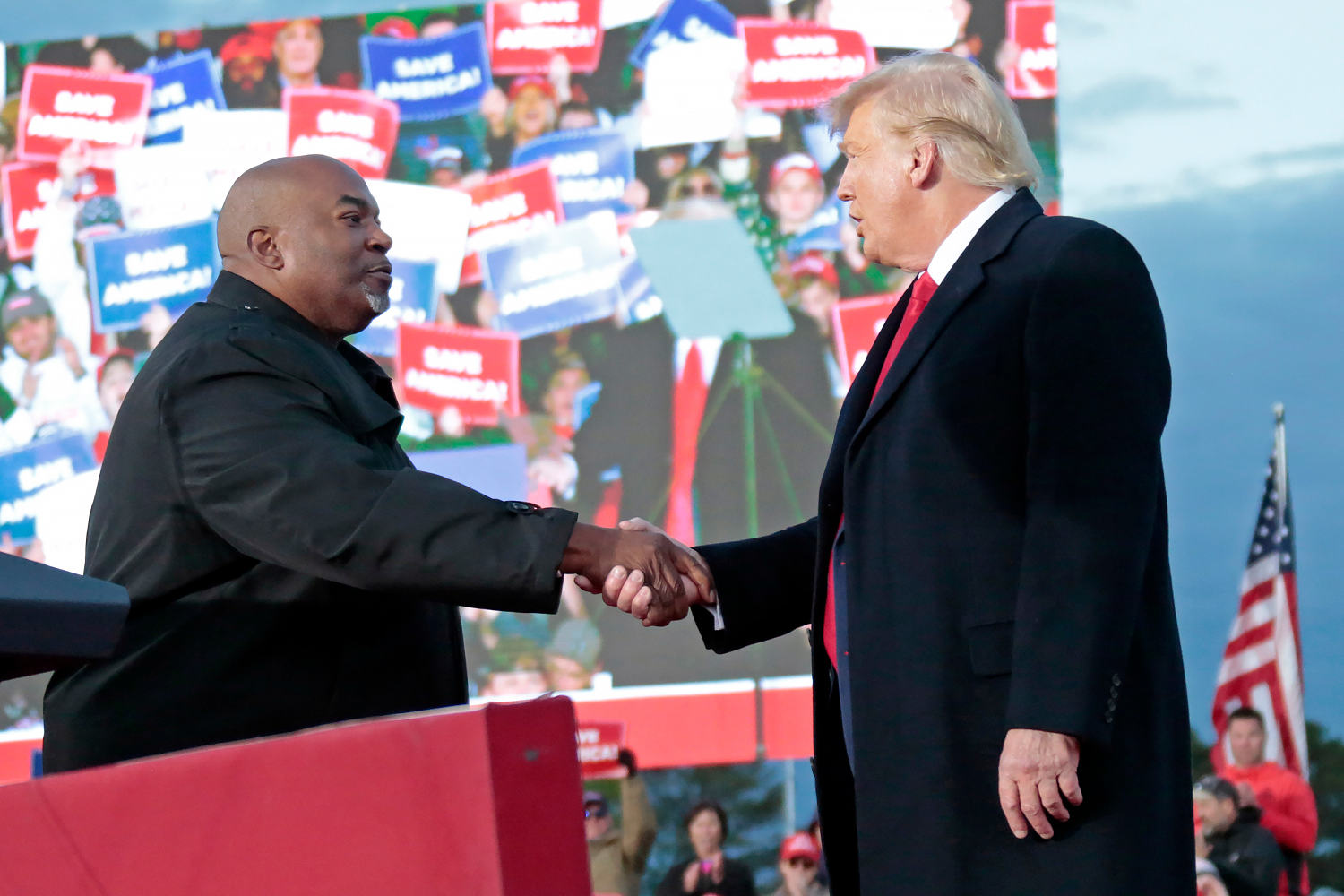When New York Jets quarterback Aaron Rodgers walked off the field after the Jets’ 24-3 win against the New England Patriots on Thursday night, he did so after accomplishing something he hadn’t since his final game with the Green Bay Packers two seasons ago: throwing for more than 200 yards.
Rodgers’ passing totals in the first two weeks of this year were 167 and 176 yards, well below his career average of roughly 255 yards per game.
He wasn’t alone with the meager numbers, however.
Through the first two weeks (and one game) of the NFL season, offensive output, particularly passing, has taken a considerable dip, and the explanations for why are all over the board.
The numbers are pretty stark.
The current per-game passing yard average through one game of Week 3 is 192.7, per Pro Football Reference. If that number holds, it would be the lowest passing yards per game number since 1992, when the average was 187.6. The leaguewide number of passing attempts per game — 30.3 — would also be its lowest since ‘92.
More NFL News from NBC News
- Panthers-Raiders game marks a first for the NFL with two women presidents at the helm
- One of Brian Callahan's first moves as Tennessee Titans head coach: Hiring his dad
- Dolphins placing QB Tua Tagovailoa on injured reserve
- Tyreek Hill fears he could have been shot in 'worst-case scenario' during police stop outside stadium
Overall, NFL teams are currently averaging 21.4 points per game, the fifth straight year the scoring average has decreased, and the lowest points per game total since 2006. From 2020 to this season, the same period scoring has steadily declined, the average passing yards per game has dipped by almost 50 yards from 240.2 (the third-highest mark ever.)
Last season, Miami Dolphins quarterback Tua Tagovailoa led the NFL with 4,624 yards, the lowest total for a passing yards leader since 2017. In 2011, when Rodgers won his first MVP, five players threw for more than 4,624 yards despite there being one less regular season game on the schedule. And three even threw for at least 5,000.
So what happened? Did every NFL team finally start listening to the person who walks in on Monday morning whose main contribution to the football conversation is “My team needs to run the ball more?”
It’s complicated.
There are several theories as to why the passing game has been muted and scoring numbers have decreased.
There’s Yahoo”s Nate Tice — who wrote about the decrease in offense last season — who believes an overall decline in offensive line play is limiting how teams can attack defenses.
ESPN’s Bill Barnwell offered his own theory, which in part says defenses have caught up to offenses in terms of disguising their intentions and attacking weaknesses.
Another popular line of thought is that defenses are taking away the deep pass by playing more “two high,” defense (also known as Cover 2) in which two safeties are far off the line of scrimmage and covering half the field to take away any big plays over the top.
As ESPN’s Mina Kimes explains, the rate of defenses playing the two-high safety look is much higher than it was five years ago — when passing and scoring were up.
But it’s not only that teams are playing more Cover 2, the problem may also be that modern NFL teams are worse at attacking what is not a novel concept. As CBS Sports’ Jared Dubin outlined, data shows teams are simply worse at running effectively as a whole, despite defenses inviting them to do so.
Another theory is that, well, maybe the quarterbacks are just worse.
Obviously, there is far from any consensus on why exactly NFL offenses have slowed down. And it’s arguable if the slowdown is even a problem. The leaguewide scoring average increased by nearly four points per game from the turn of the millennium to 2020, and over that time many fans and players alike (especially defensive players) lamented the inability of defenses to fight back against offenses. Not only did coaches realize the power of the pass, the league seemingly capitulated to offenses with rule changes that made moving the ball downfield easier.
This season, defenses are finally getting some measure of revenge. Maybe this is simply a late summer blip — some people think the lack of preseason is the culprit — or maybe this is a sign that it’s time for offenses to innovate once again.
Whether or not this is the new normal, or why this is all happening, the decrease can definitely be felt. While Rodgers walked off with 281 yards and 24 points Thursday night, the Patriots only managed three points.
Their two quarterbacks combined for only 120 yards.
.png)
 4 hours ago
5
4 hours ago
5































 Bengali (BD) ·
Bengali (BD) ·  English (US) ·
English (US) ·